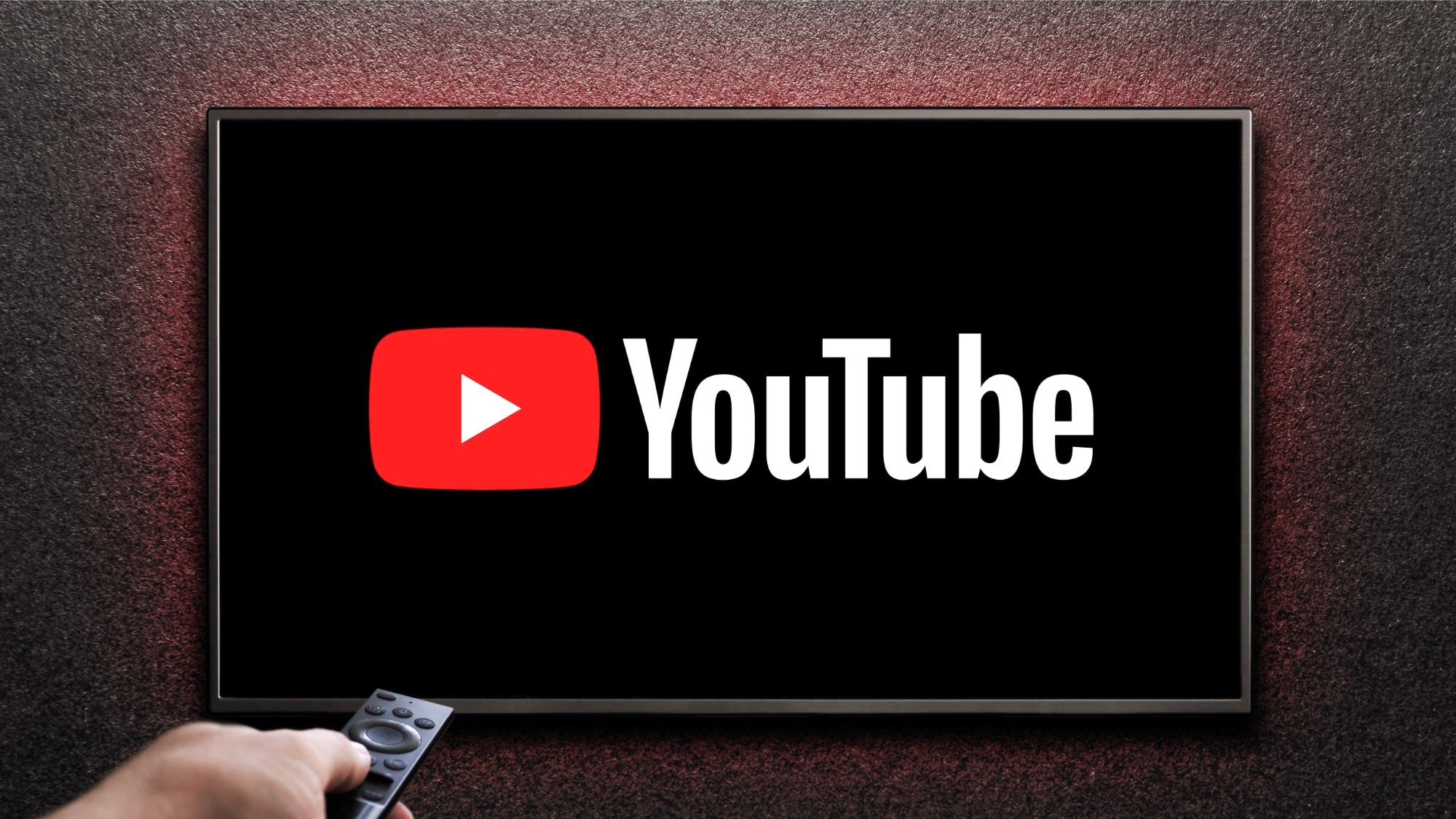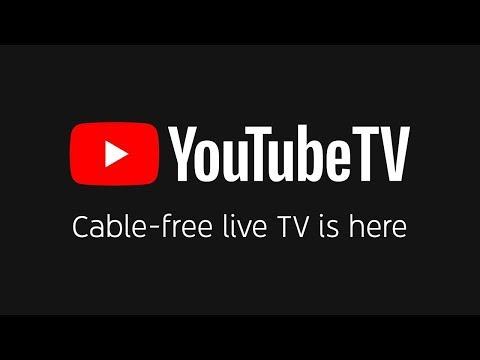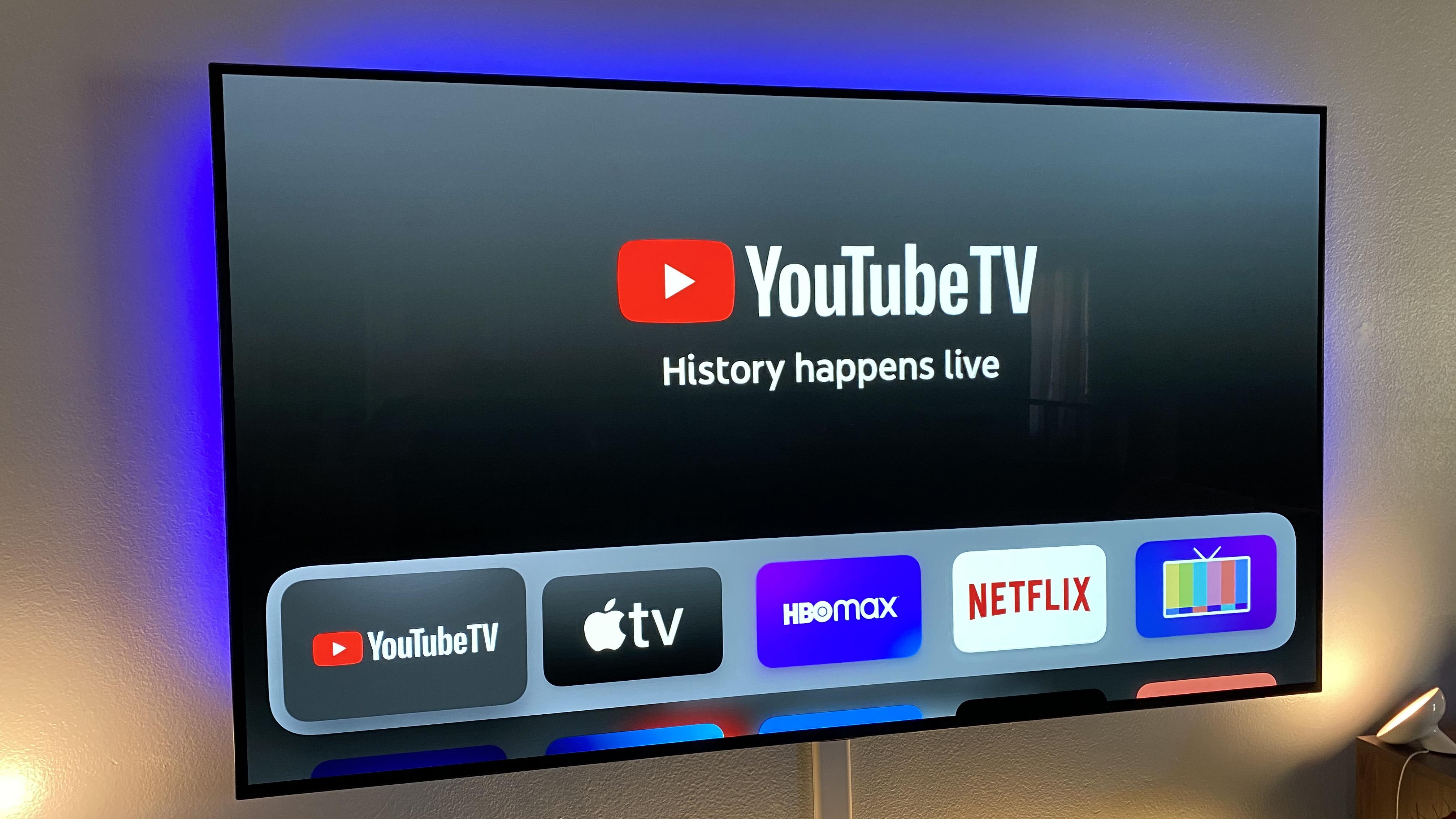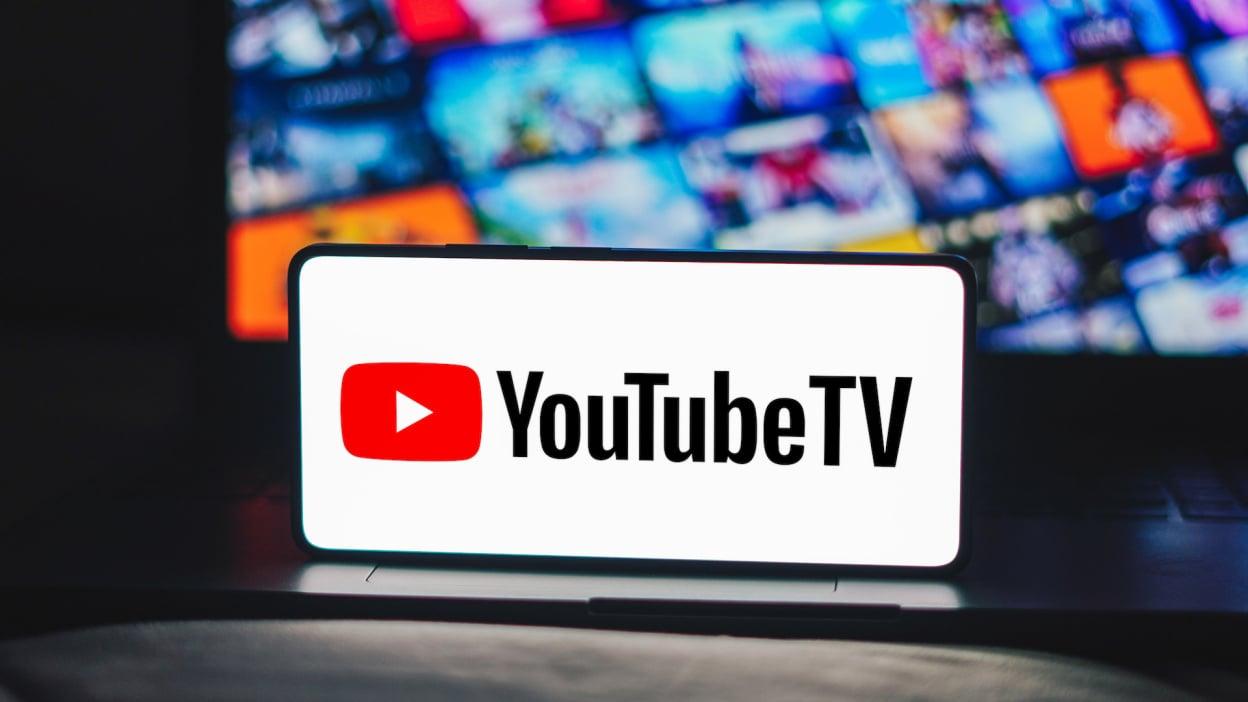YouTube TV Faces Content Void as ESPN and ABC Depart
YouTube TV subscribers are bracing for a significant disruption in thier viewing options as the departure of ESPN and ABC from the platform looms. This shift comes amid ongoing negotiations between Disney and YouTube TV that have yet to yield a new agreement. With the loss of these iconic channels, users could miss out on a variety of popular programming, including:
- Live Sports: ESPNS unparalleled coverage of major sporting events like the NFL, NBA, and college sports.
- Prime Time Shows: ABC’s hit series, which have cultivated a loyal following over the years.
- Cable News: ABC’s comprehensive news coverage that provides viewers with timely updates and analysis.
The implications of this move could resonate beyond just programming choices. As subscribers evaluate their options, the competition among streaming services will intensify. Many users may turn to alternatives that maintain access to these channels, possibly reshaping the landscape of live TV streaming as viewers seek value and comprehensive content. Analysts indicate that YouTube TV’s ability to retain its subscriber base may hinge on how it addresses these changes, either through negotiations or by augmenting its offerings to compensate for the loss.

Implications for Sports Fans and Viewers: What This Means for live TV Consumption
The decision by YouTube TV to remove ESPN and ABC from its channel lineup signals a significant shift in the landscape of live sports broadcasting. For sports fans, this could mean a drastic change in how they access their favorite teams and events. Previously, YouTube TV served as a convenient platform that bundled essential networks, allowing viewers to enjoy a variety of sports content from major leagues such as the NFL, NBA, and MLB under one subscription. Now,fans will need to confront the challenge of either finding choice streaming services that offer these channels or reverting to traditional cable options,which may not be ideal for the growing demographic leaning towards over-the-top (OTT) platforms.
As live TV consumption continues to evolve, viewers are left to reconsider not just their subscription plans, but also how they engage with sports media as a whole. The implications of this deal extend beyond just channel access; they touch on viewership patterns, advertising models, and even the future of sports media rights deals. Fans may have to adapt to a more fragmented environment where accessing the necessary content could require multiple subscriptions, leading to an increase in costs and an overall decline in the convenience that OTT services like YouTube TV once offered.The evolving nature of partnerships between tech companies and media giants will inevitably reshape the viewing experience, pushing fans to stay on their toes and explore new avenues to catch their favorite live events.

Navigating the Streaming Landscape: Alternatives to YouTube TV for Sports Coverage
The recent proclamation that YouTube TV will be dropping ESPN and ABC has sent ripples through the sports broadcasting world. Fans are left reevaluating their viewing options and searching for alternatives that can deliver comprehensive sports coverage. While YouTube TV has been a popular choice for many, the sudden loss of key channels like ESPN could diminish its value for sports enthusiasts. Fortunately, there are several platforms that cater specifically to sports fans, offering an array of channels and programming that might fill the void.Here are some noteworthy options:
- Sling TV: Known for its affordability and flexibility,Sling TV offers various packages that include ESPN and other popular sports networks.This service allows users to customize their viewing experience according to their sports preferences.
- Hulu + Live TV: With its extensive libary and live sports offering, hulu + Live TV is a strong contender. Subscribers can access ESPN, and also a multitude of other channels, making it a robust alternative for diverse sports coverage.
- FuboTV: Dubbed the “sports-centric” streaming service, FuboTV boasts one of the most comprehensive selections of live sports channels. Its packages include access to ESPN, FS1, and regional sports networks, catering to die-hard fans.
- Paramount+: While it primarily focuses on CBS content, Paramount+ provides live sports coverage, including NFL games and other major sporting events, offering a great addition to any sports package.
As consumers look for alternatives, it’s crucial to consider not just the channels that are available, but also the overall user experience, ease of access, and additional features like DVR capabilities and on-demand content. Many of these platforms also offer free trials, allowing potential subscribers to test the waters before committing. The streaming landscape continues to evolve,and while the loss of ESPN and ABC from YouTube TV is significant,it opens the door for sports fans to explore new avenues catered to their viewing habits.

Future of Streaming Agreements: Analyzing the Impact of Failed Negotiations on Industry Trends
The sudden departure of ESPN and ABC from YouTube TV underscores a growing concern in the streaming industry regarding the sustainability of content agreements. As negotiations falter and platforms struggle to maintain lucrative partnerships, we find ourselves at a pivotal moment where consumer choices are beginning to reflect broader industry trends. Significant factors contributing to this upheaval include:
- Escalating Licensing Fees: The increasing costs associated with licensed content are pressuring streaming services to reevaluate their offerings.
- shifts in Viewer Preferences: Audiences are gravitating towards niche and on-demand content, which may not align with traditional cable models.
- Competition Dynamics: An influx of new players in the streaming market has intensified competition, complicating negotiations.
Amidst these challenges, the implications of failed agreements extend beyond individual platforms; they may reshape the entire landscape of media distribution. Disruptions like YouTube TV’s loss of key Disney programming could signal a broader trend where major networks reassess their distribution strategies, potentially leading to:
- increased Fragmentation: As networks explore direct-to-consumer models, viewers may face greater content fragmentation.
- Niche Platforms Rising: Smaller, specialized streaming services may thrive, catering specifically to audience segments left unaddressed by larger platforms.
- Consumer Resistance: A backlash against rising subscription prices could push users away from traditional bundling towards more customized viewing solutions.
